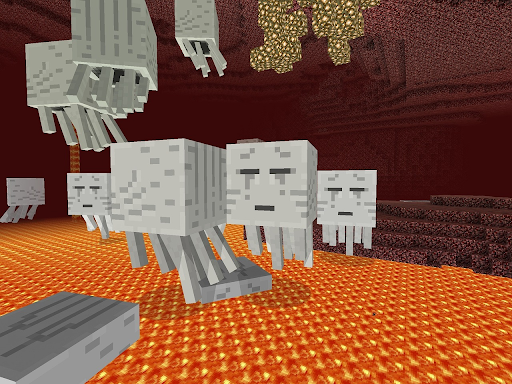
Randomness plays a pivotal role in shaping the gaming experience, driving unpredictability and excitement. From loot drops to procedurally generated levels, randomness creates dynamic and engaging gameplay that keeps players invested. However, behind this seemingly chaotic force lies sophisticated technology. This article will dive into the technologies behind randomness in video games, exploring how developers balance chaos with control to craft memorable gaming experiences.
Pseudo-Random Number Generators: The Core of Randomness
At the heart of randomness in video games is the pseudo-random number generator (PRNG). Despite its name, this type of randomness is not entirely random, hence the term "pseudo." PRNGs use mathematical algorithms to produce sequences of numbers that simulate randomness. These sequences are determined by an initial value known as a "seed." By using the same seed, a PRNG will always generate the same sequence of numbers, making it predictable if you know the seed.
This controlled randomness is essential in video games for several reasons. First, it allows developers to ensure that certain outcomes, such as loot drops or critical hits, occur within specific limits. Second, it makes debugging easier, as developers can replicate specific sequences by using the same seed. PRNGs provide a balance between unpredictability and structure, ensuring that randomness enhances gameplay without making it entirely chaotic.
Seeds: The Basis of Controlled Randomness

The seed used in a PRNG determines the sequence of numbers that the algorithm will produce. Seeds can be generated in various ways, such as from the system clock or a player's actions, like the number of keystrokes or movements made during gameplay. Once the seed is set, the PRNG follows its algorithm to produce a seemingly random sequence.
Developers can use seeds to create consistent experiences for players while still incorporating randomness. For example, in games with procedurally generated environments like Minecraft, using the same seed will generate the same world every time, allowing players to share specific world configurations with others. At the same time, this technology ensures that no two games are the same for those playing with different seeds, maintaining a fresh and unpredictable experience.
Procedural Generation: Creating Infinite Worlds
Procedural generation is a technique that leverages randomness to create content dynamically. This technology enables developers to design vast, open-world games without having to manually craft every detail. Instead, algorithms use randomness to generate landscapes, dungeons, and even entire galaxies in real time.
A famous example of procedural generation is No Man's Sky, where over 18 quintillion planets were created using algorithms based on PRNGs and seeds. Every planet has its own unique terrain, weather conditions, and life forms, offering players a new adventure with every exploration. This use of randomness ensures that no two players' experiences are alike while providing an expansive universe for exploration.
Procedural generation also allows for variation in game difficulty. In games like Rogue and its modern descendants, dungeon layouts are randomly generated for each playthrough, offering players new challenges and a sense of unpredictability. However, developers carefully design the randomness to ensure that the game's difficulty curve remains consistent and that players are not overwhelmed by impossible odds.
Loot Systems and Randomness
One of the most noticeable uses of randomness in games is in loot systems. In many games, such as Borderlands or Diablo, the items that players receive after defeating enemies or completing missions are randomized. This randomness keeps players engaged, as they never know exactly what reward they will get. The same principle applies to popular casino games, where unpredictability adds excitement. For example, in the best online blackjack games, randomness plays a key role in card shuffling and dealing, ensuring a fair and dynamic experience for players. However, developers use controlled randomness to ensure that the loot system is fair and balanced.
In loot systems, PRNGs are often combined with probability tables. These tables define the chances of receiving certain items, which are typically categorized by rarity. While the outcome is technically random, these probabilities ensure that players have a reasonable chance of receiving rare and powerful items.
Random Events and AI Behavior
Randomness is also used to enhance the behavior of artificial intelligence (AI) in games. Rather than following rigid, predictable patterns, AI-controlled enemies and NPCs can be programmed to behave unpredictably, making encounters more engaging and challenging. For example, AI in strategy games like Civilization may randomly select different tactics, keeping players on their toes and ensuring that no two games feel the same.
Conclusion
The technologies behind randomness in video games allow developers to strike a balance between chaos and control. Pseudo-random number generators, seeds, procedural generation, and loot systems all contribute to creating unpredictable yet structured gaming experiences.







